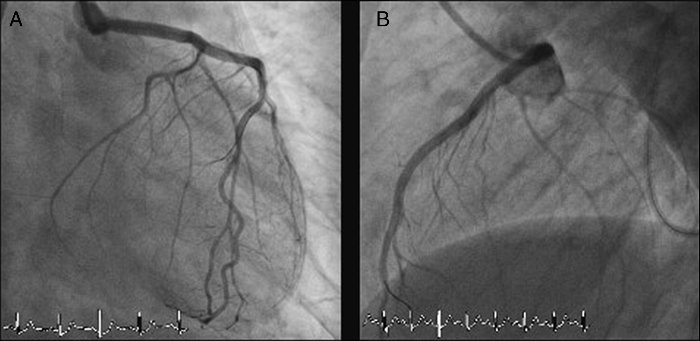To view blood flow through your heart, your doctor may inject a special dye into your arteries (intravenously). This is known as an angiogram. The dye is injected into the arteries of the heart through a long, thin, flexible tube (catheter) that is threaded through an artery, usually in the leg, to the arteries in the heart. This procedure is called cardiac catheterization. The dye outlines narrow spots and blockages on the X-ray images. If you have a blockage that requires treatment, a balloon can be pushed through the catheter and inflated to improve the blood flow in your heart. A stent may then be used to keep the dilated artery open.
Risks & Benefits
- Allergic reactions to intravenous dye containing Iodine
- Kidney fucntion damage
- Radiation exposure
- Injuries to arteries used for access


